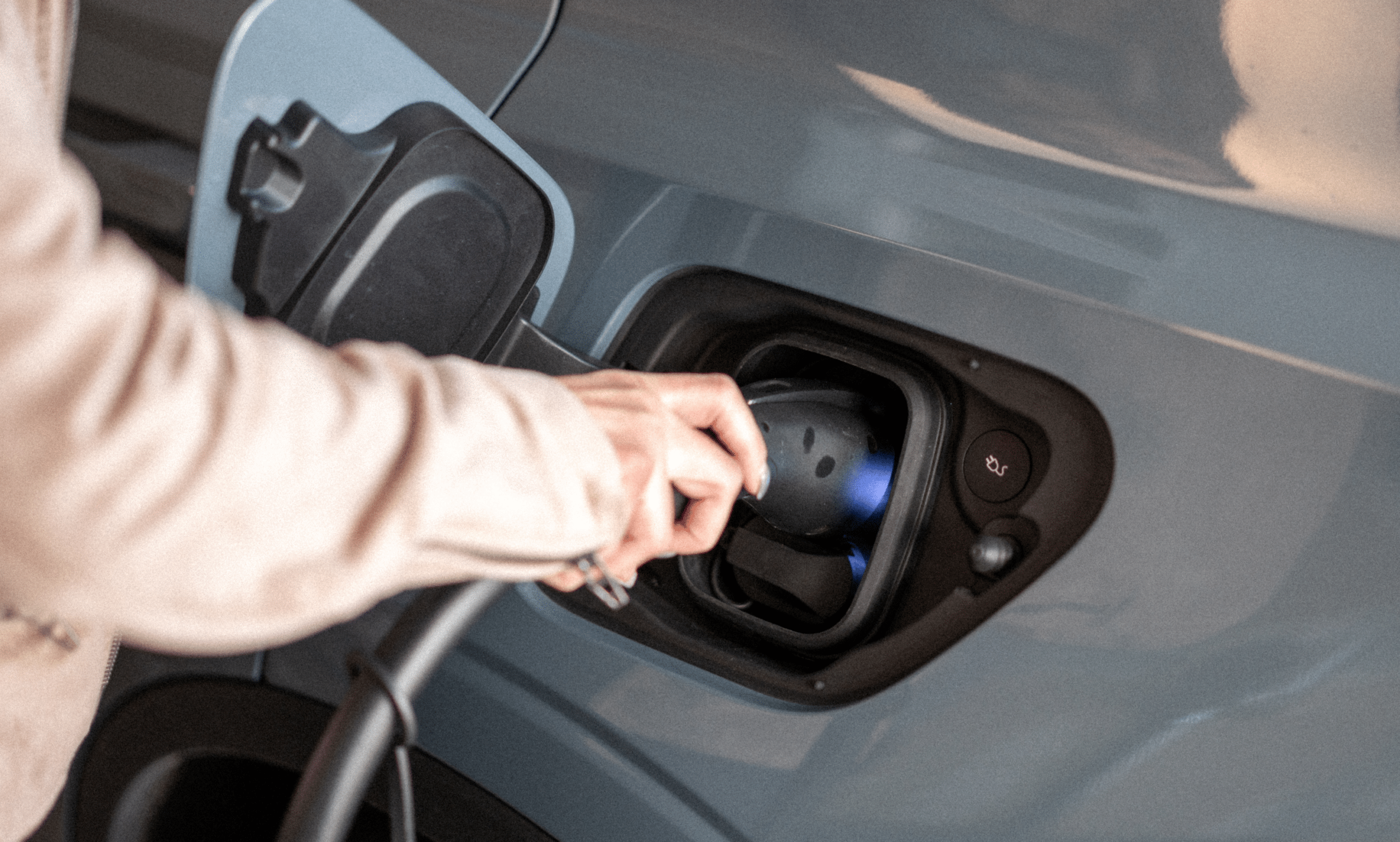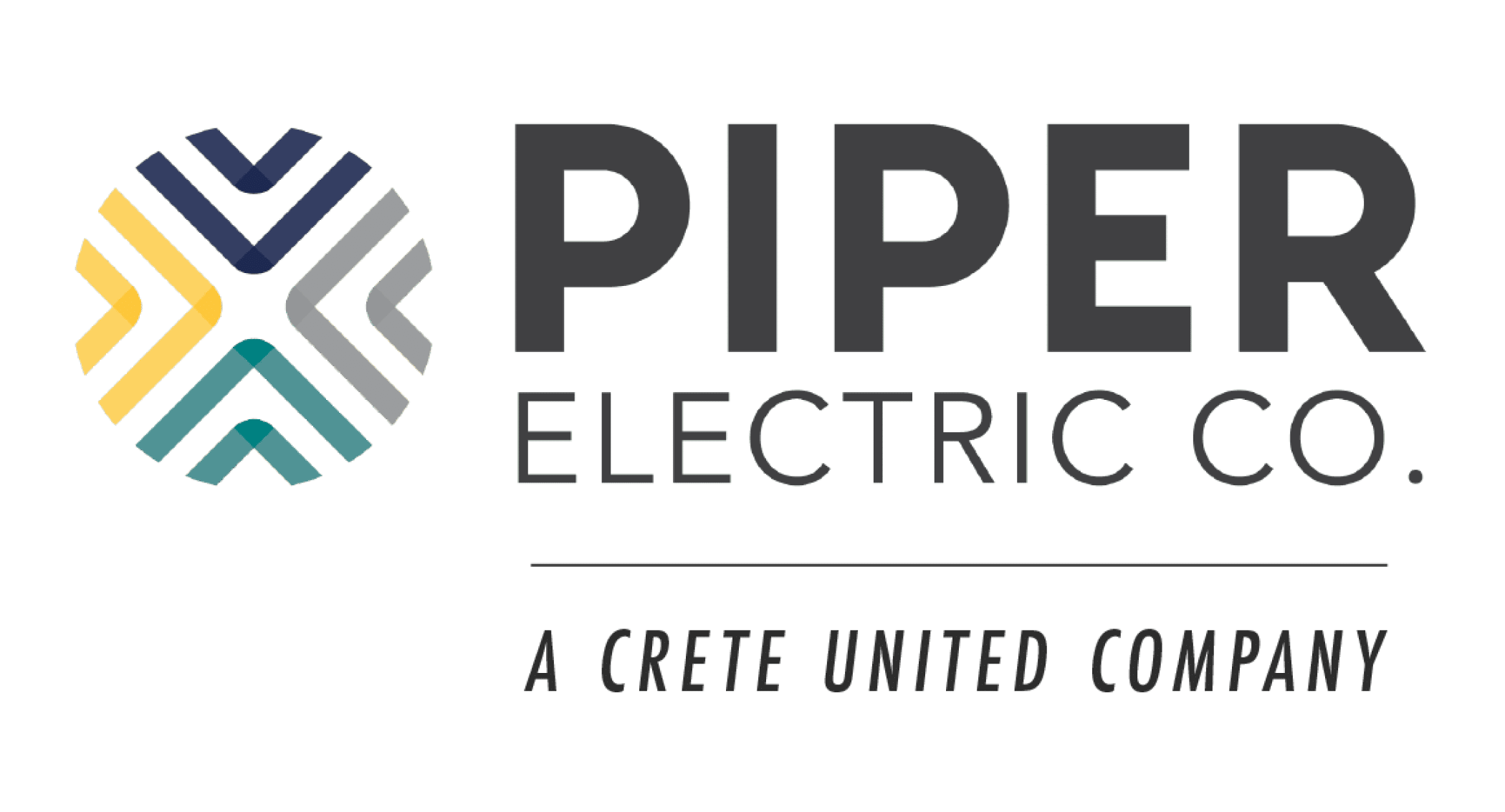
Safety First: Understanding the Electrical Requirements for Home EV Charging
As electric vehicles (EVs) become increasingly popular, more homeowners are considering installing EV charging stations in their homes. However, before diving into the installation process, it’s crucial to understand the electrical requirements involved to ensure safety and efficiency. At Piper Electric, we prioritize the safety of our customers above all else. We’ll delve into the electrical requirements for home EV charging to help you make informed decisions and create a safe charging environment for your EV.
The Basics of Home EV Charging
Home EV charging involves supplying electricity from your residential electrical system to your electric vehicle. There are two primary types of EV charging: Level 1 and Level 2.
- Level 1 Charging: This utilizes a standard 120-volt household outlet and typically provides a charging rate of around 4-5 miles of range per hour.
- Level 2 Charging: This requires a 240-volt electrical circuit, similar to what’s used for large appliances like electric dryers or stoves. Level 2 charging stations offer faster charging speeds, providing around 20-25 miles of range per hour.
Understanding Electrical Capacity
Before installing a Level 2 EV charging station, it’s essential to assess your home’s electrical capacity. Most homes are equipped with a 200-amp electrical service panel, but older homes may have a 100-amp panel or less. Installing a Level 2 charger may require upgrading your electrical panel to accommodate the additional load.
Conducting a Home Electrical Inspection
To ensure your home’s electrical system can support EV charging safely, it’s advisable to conduct a thorough electrical inspection. A qualified electrician can assess your electrical panel, wiring, and circuits to determine if any upgrades are necessary.
Upgrading Electrical Infrastructure
If your home’s electrical system requires upgrading to support EV charging, several steps may be involved:
- Electrical Panel Upgrade: This may involve replacing an older, smaller panel with a larger one capable of handling the increased electrical load.
- Circuit Installation: Installing dedicated circuits for the EV charging station to prevent overloading existing circuits.
- Wiring Upgrades: Ensuring that the wiring throughout your home, particularly in the garage or wherever the charging station will be installed, is up to code and capable of handling the load.
Ensuring Proper Installation
Once any necessary upgrades have been completed, it’s time to install the EV charging station. Working with a licensed electrician, such as those at Piper Electric, is crucial to ensure that the installation meets safety standards and local building codes. Proper installation not only ensures safety but also maximizes the efficiency and longevity of your EV charging system.
Home EV charging offers convenience and sustainability, but it’s essential to prioritize safety throughout the installation process. Understanding the electrical requirements for home EV charging, conducting a thorough electrical inspection, and working with a qualified electrician are key steps in creating a safe and reliable charging environment for your electric vehicle. At Piper Electric, we’re committed to helping homeowners navigate the complexities of EV charging installation while prioritizing safety and quality craftsmanship. Get in touch with us today to learn more about how we can assist you in electrifying your home for the future of transportation.
